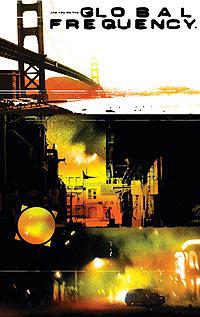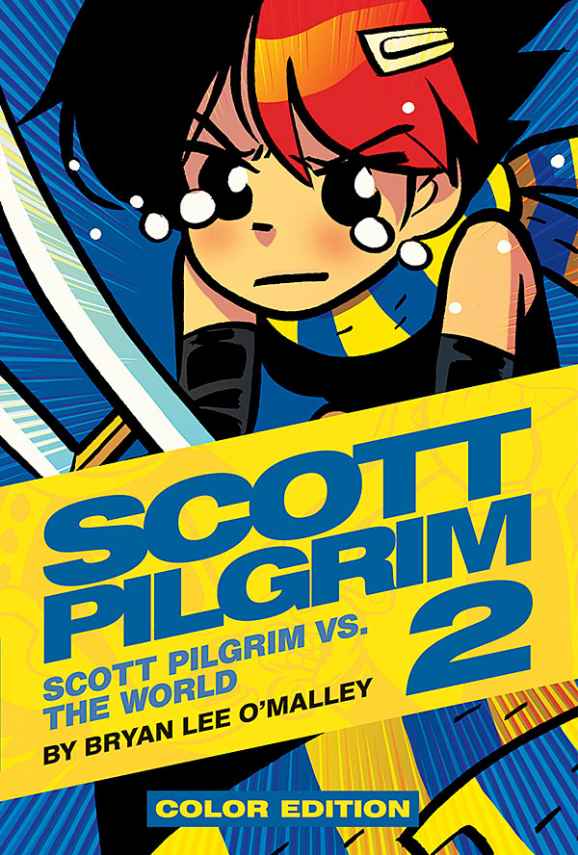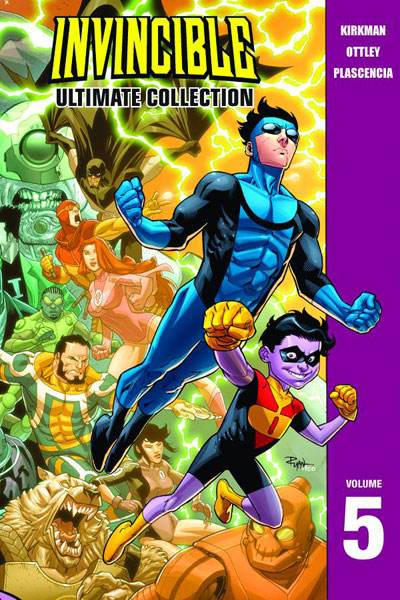 "Created by Entertainment Weekly "It" writer Warren Ellis, Global Frequency is a worldwide rescue organization that offers the last shred of hope when all other options have failed. Manned by 1001 operatives, the Frequency is made up of experts in fields as diverse as bio-weapon engineering and Le Parkour Running. Each agent - equipped with a special mobile vid-phone - is speciffically chosen by Miranda Zero, enigmatic leader of the Global Frequency, based on proximity, expertise, and, in some cases, sheer desperation!"
"Created by Entertainment Weekly "It" writer Warren Ellis, Global Frequency is a worldwide rescue organization that offers the last shred of hope when all other options have failed. Manned by 1001 operatives, the Frequency is made up of experts in fields as diverse as bio-weapon engineering and Le Parkour Running. Each agent - equipped with a special mobile vid-phone - is speciffically chosen by Miranda Zero, enigmatic leader of the Global Frequency, based on proximity, expertise, and, in some cases, sheer desperation!"Every time I read something by Warren Ellis I'm reminded how much I love his work.
I mean, obviously, he's great, and on a purely intellectual level, I know he's great. But somehow I always forget just how much he's written that I absolutely adore.
The Authority, Planetary, Transmetropolitan. All cracking. And NEXTWAVE, probably the most comicy comic ever.
And now, add to that Global Frequency, a book that reminds me how much I love Warren Ellis writing Fringe style science investigations, detective work and crazy situations. Much like Planetary this is a comic that explores big ideas. Weaponised black holes, Alien memetic incursions, cyborg supermen - every issue has a totally different feel (and the rotating artist means a totally different look too)
The central idea, a super-national organisation with 1,001 members; each an expert in a specific field, who can be called upon to solve crises beyond the reach of anyone else. It moves around the idea of traditional superheroes, whilst bringing in enough high concept science as to make anything possible.
These are human heroes, masters of a craft, solving non-human and post-human problems - like a hundred strong Thunderbirds team.
But like NEXTWAVE this is a series that seeks to transcend the stereotypes of comics. One issue is simply a fight between two people. Panel after panel of two men punching and kicking one another, escalating into stabbings and limbs being pulled off. It quickly approached and surpasses parody - played totally straight and drawn with sombre seriousness.
This is an excellent antidote to the silliness and unthinking extravagance of mainstream cape comics - if you like anything Ellis has written, this is amognst the best.
Also Try:
Warren Ellis, Planetary
Warren Ellis, Transmetropolitan
Warren Ellis, NEXTWAVE
Jonathan Hickman, The Manhattan Projects
Brian Wood, DMZ











